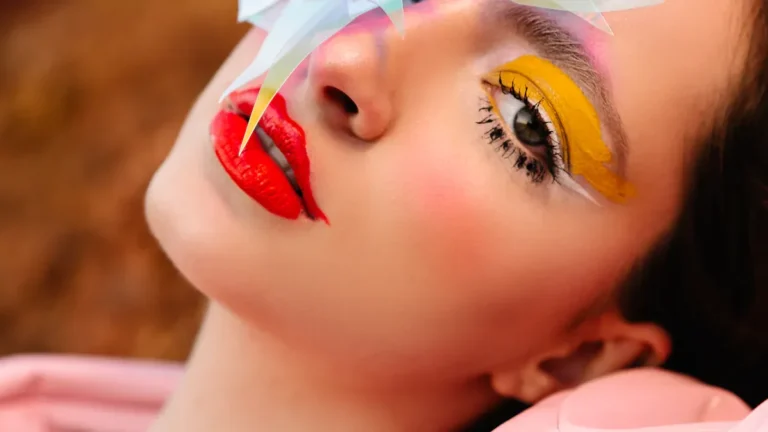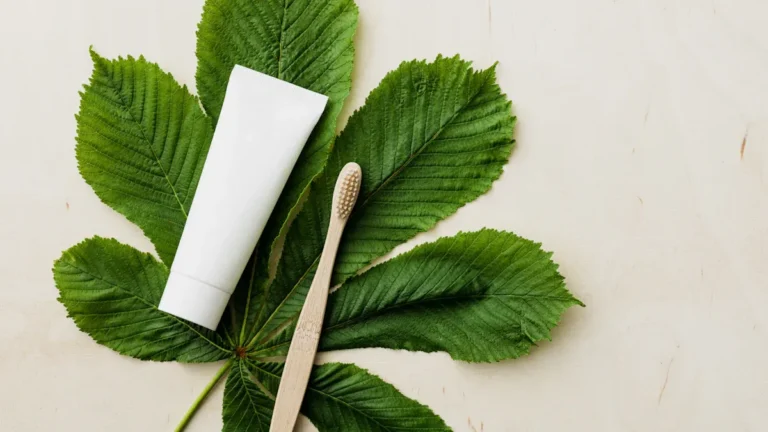The Ultimate Guide to Cosmetic Tubes: From Sunscreen to Lotion Packaging

Cosmetic tubes are everywhere—on your vanity, in your travel bag, and even in your bathroom drawer. From sunscreen tubes to lip gloss squeeze tubes, they’re the go-to packaging choice for beauty brands worldwide. But why do they dominate over jars, pumps, and bottles? The answer lies in their versatility, cost efficiency, and consumer convenience.
In this article, we’ll dive deep into the world of cosmetic tube packaging. You’ll learn how different tube types—like plastic squeeze tubes, aluminum tubes, bamboo eco-tubes, and airless pump tubes—shape brand identity and consumer trust. We’ll also compare big players in the industry, showcase detailed case studies, and share market insights that can guide your next packaging decision.
The Role of Tubes in Modern Cosmetic Packaging
Why Tubes Are More Popular Than Jars or Bottles
Tubes keep products fresh, make dispensing easier, and are lightweight for shipping. For example, a lotion tube ensures consumers use just the right amount, unlike wide-mouth jars where contamination is easier.
Everyday Applications of Cosmetic Tubes
- Sunscreen tubes for UV protection products
- Face wash tubes for daily skincare routines
- Lip gloss tubes and lip balm tubes for on-the-go makeup
- Shampoo tubes and hair color tubes for haircare
- Toothpaste tubes as oral care staples
- Even lube tubes in personal care
Materials That Shape Tube Performance
Plastic Squeeze Tubes
These dominate the market thanks to their affordability, flexibility, and design versatility. You’ll often see them in hand cream tubes or aloe vera gel tubes.
Aluminum Cosmetic Tubes
Known for excellent barrier protection, aluminum is perfect for sensitive products like eye cream tubes, toothpaste tubes, or ointment packaging.
Plastic Laminated Tubes (PBL/ABL)
Laminated tubes blend plastic and foil to offer a premium glossy finish with stronger barriers. Popular in BB cream tubes and high-glossy lotion tubes.
Bamboo Tube Packaging
Eco-friendly and eye-catching, bamboo tubes help brands showcase sustainability values. Imagine a luxury face cream tube with a bamboo cap—it instantly screams “green beauty.”
Airless Pump Tubes
These modern innovations protect formulas from oxidation. Ideal for serums, foundation, or sunscreen tubes.
Design Matters—How Tubes Influence Brand Identity
Custom Printing and Labeling
Printing on tubes—whether silk-screen, hot stamping, or labeling—allows brands to express identity. A matte pastel hand cream tube feels different from a glossy gold-foiled lip gloss tube.
Applicator Options
Special applicators (like dropper tubes, nozzle tubes, or roller balls) provide precise use. Think of an eye cream tube with a cooling metal applicator—it turns skincare into a mini spa ritual.
Brand Comparisons—Who’s Leading the Tube Game?
Global Leaders
- L’Oréal uses sustainable airless pump tubes for skincare.
- Colgate has committed to recyclable toothpaste tubes by 2025.
- Shiseido experiments with bamboo tube packaging in premium lines.
Indie Beauty Brands
Smaller brands often innovate faster with eco-friendly materials. For example, a clean beauty startup might launch a lip balm tube in PCR plastic to appeal to eco-conscious shoppers.
Case Study 1 – Sunscreen Tubes and Consumer Trust
A leading U.S. sunscreen brand switched from jars to airless sunscreen pump tubes. The result?
- Reduced product waste by 18%
- Extended shelf life by preventing oxidation
- Boosted consumer satisfaction (fewer spills, easy portability)
This case shows how packaging can directly influence sales and brand reputation.
Case Study 2 – Aluminum Tubes for Toothpaste
Toothpaste brands long relied on aluminum. Recently, some switched to plastic for cost reasons. However, one premium brand returned to aluminum toothpaste tubes to differentiate itself in a crowded market. Consumers perceived it as more “authentic” and eco-friendly, boosting sales.
Case Study 3 – Bamboo Packaging in Skincare
A luxury skincare company adopted bamboo tube packaging for its face cream tubes. The eco-friendly design reduced plastic use by 40% and helped the brand win an eco-award. The packaging became a talking point in influencer marketing campaigns.
Market Insights – The Future of Cosmetic Tubes
Growth of Sustainable Packaging
Reports predict the eco-friendly cosmetic packaging market will grow at 6.8% CAGR through 2035. PCR plastic tubes, bamboo tubes, and refillable designs are driving this growth.
Regional Trends
- North America: Strong focus on recyclability (toothpaste, sunscreen).
- Europe: Push toward bioplastics and strict regulations.
- Asia: Rising demand for luxury high-gloss tubes and innovative applicators.
How Brands Can Choose the Right Tube
Factors to Consider
- Product formula (oil-based vs. water-based)
- Shelf life requirements
- Target market preferences
- Sustainability goals
- Budget and MOQ (minimum order quantity)
Balancing Cost and Image
For mass products like shampoo tubes, cost efficiency matters most. For high-end eye cream tubes, a premium finish justifies higher spending.
Practical Tips for Businesses
- Test compatibility of formulas with packaging.
- Use simple, eco-friendly designs that resonate with consumers.
- Highlight sustainability claims clearly (e.g., “100% recyclable tube”).
- Partner with experienced suppliers like Xinfly Packaging for custom solutions.
FAQs
Q1: Why are airless pump tubes better for sunscreen or BB cream?
They prevent air from entering, keeping formulas stable and extending shelf life.
Q2: Are aluminum cosmetic tubes still popular?
Yes. They offer unbeatable protection for sensitive formulas and have an eco-friendly edge when recycled.
Q3: What’s the difference between PBL and ABL laminated tubes?
PBL (plastic barrier laminate) uses multiple plastic layers, while ABL (aluminum barrier laminate) adds foil for extra protection.
Q4: Can cosmetic tubes be fully recyclable?
Yes. Many brands are now producing mono-material plastic squeeze tubes that are 100% recyclable.
Q5: Which tube type works best for luxury products?
Eco-friendly bamboo tube packaging or high-gloss laminated tubes often appeal to premium markets.
Conclusion
From sunscreen tubes to lip gloss applicators, cosmetic tubes are more than just containers—they’re brand storytellers. The right material, applicator, and design can transform a simple cream or gel into a premium experience.
As consumer preferences shift toward eco-friendly solutions, brands that invest in sustainable tube packaging will win loyalty and stand out in the market. Whether you’re a startup launching a new hand cream tube or a global brand innovating with bamboo face cream tubes, the opportunities in cosmetic packaging are bigger than ever.
Key Takeaways
- Cosmetic tubes dominate beauty packaging due to their versatility, cost efficiency, and convenience for consumers.
- Different tube types like plastic, aluminum, and eco-friendly bamboo enhance brand identity and consumer trust.
- Brands can choose packaging based on factors like product formula, shelf life, and sustainability goals.
- Recent trends show a growth in sustainable packaging, with an increasing preference for PCR plastic and bamboo tubes.
- Effective packaging design and material choice can significantly influence consumer perception and brand loyalty.






